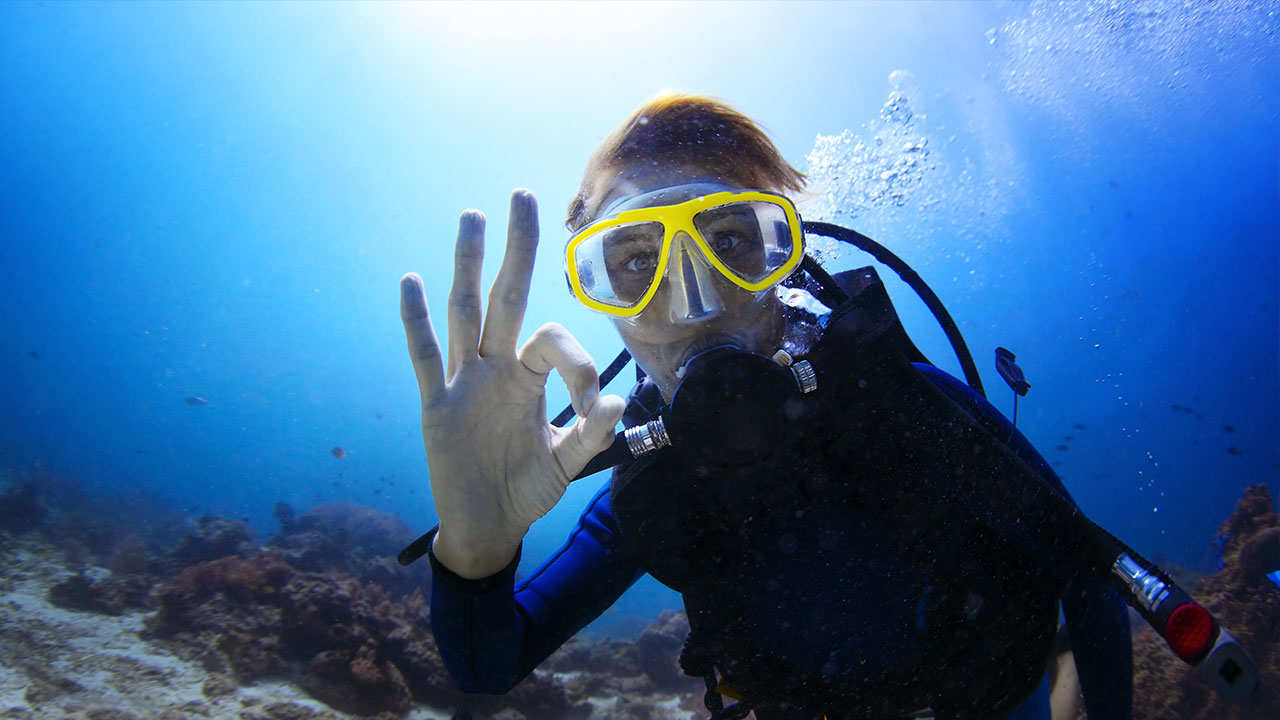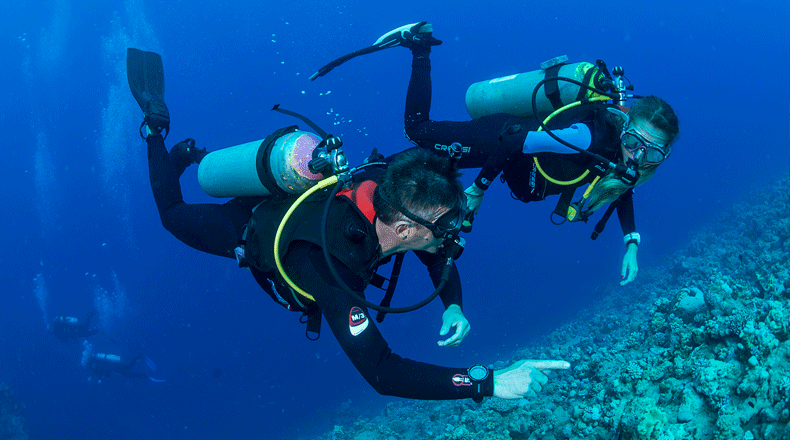The Many Uses of Hyperbaric Chambers

As a diver, you’re probably familiar with the term “hyperbaric chamber”, and may have even taken a tour of one. Did you know, however, that hyperbaric chambers come in different types, sizes and operate for many different purposes? So, let’s go ahead and learn a bit more about hyperbaric chambers.
What is a hyperbaric chamber?
Technically speaking, a hyperbaric chamber is any vessel that can be sealed to hold an internal pressure significantly higher than normal atmospheric pressure.
Experimental compression chambers first came into use around 1860. Back then they were made almost exclusively from steel, as it was the only economical material that could safely hold high pressure. Today, chambers are made from other materials, including acrylics and para-aramid fibers.
What are hyperbaric chambers used for?
Overall, hyperbaric chambers can be used for many different purposes. Hyperbaric medicine is revealed to be a powerful therapeutic instrument that can help to treat carbon monoxide poisoning, gas gangrene resulting from infection by anaerobic bacteria, tissue injury arising from radiation therapy for cancer, anemia, brain abscess, wounds that are difficult to heal, etc.
The therapeutic benefits of a high-pressure environment derive from its direct compressive effects, from the increased availability of oxygen to the body, or from a combination of the two.
In relation to diving, hyperbaric chambers can be used in two main ways:
1. Recompression Chamber, a hyperbaric chamber used to treat or prevent decompression sickness.
As you probably know, the decompression sickness (DCS, bends) is caused by the formation of inert gas (usually nitrogen) bubbles in tissues and/or blood due to rapid ascent from the dive (the pressure is reduced too quickly). In this case, the pressurized recompression chamber simulates the conditions underwater by putting the patient back under pressure. This increased pressure causes the nitrogen bubbles to become soluble again. In addition to that, the patient in a recompression chamber breathes 100% oxygen, creating oxygen-rich, nitrogen-poor blood. So, Hyperbaric Oxygen Treatment (HBOT) serves the dual purpose of the oxygen encouraging the cells to repair themselves more efficiently, while at the same time eliminating the excess nitrogen from the blood. This is why it’s the most effective treatment of decompression sickness.
The course of HBO therapy varies depending on the presentation of DCS and its response to treatment. A full resolution of DCS symptoms can often be achieved with one or sometimes multiple HBO treatments. The normal clinical approach is to continue the treatments until no further improvement is seen in the patient's symptoms.
Since treating a diving accident is a medical procedure, in almost all cases a hyperbaric physician will prescribe the diver’s course of treatment.
2. Decompression Chamber, a hyperbaric chamber used by surface-supplied (typically commercial) divers to make their decompression stops.
Some divers (usually commercial divers, who spend hours at great depths and need long decompression process) choose to decompress in a chamber, rather than in the water. This technique requires the diver to complete a series of stops in the water, then rapidly ascend to the surface and enter a decompression chamber within five minutes.
Surface decompression on oxygen is considered to be safer than decompressing in the water since the diver's depth and temperature in the chamber can be precisely controlled. Even though the diver is breathing pure oxygen at a depth that exceeds the maximum recommended depth for this gas, the diver in a dry environment and completely relaxed rarely experiences a problem.
On top of that, hyperbaric chambers are used for conducting research in diving physiology and for testing dive equipment. Such chambers can be very small, with just enough space to accommodate a piece of equipment like a scuba regulator or dive computer.
Small, one-man chambers are also used for evacuating victims of scuba diving accidents from remote locations to facilities where more extensive medical attention can be provided. These are usually designed to either mate to a larger chamber, or be placed directly inside it; this allows the injured person to be kept under pressure continuously.
What types of chambers exist for the treatment of divers?
As described by the National Fire Protection Association (NFPA), there are three primary classifications for chambers: Class A, B, and C. All chambers must satisfy stringent design and manufacturing criteria established by the American Society of Mechanical Engineers (ASME) Pressure Vessels for Human Occupancy (PVHO) Technical Committee.
Class A, or multiplace, chambers come in various sizes and can accommodate multiple patients. They also allow "tenders" - technicians or other medical personnel, to be present inside the chamber. Multiplace chambers are pressurized with air, and patients are fitted with face masks that deliver oxygen. With proper staff training, multiplace chambers enable the treatment of all approved hyperbaric indications, including DCS.
Class B, or monoplace, chambers are intended for the treatment of one patient at a time. These chambers make up the majority of chambers in the United States. Class B chambers are usually pressurized with 100% oxygen and with properly trained staff can also be used to treat all approved clinical indications, including DCI.
Class C chambers are for animals and are not used to treat people.
What should you know before going into a hyperbaric chamber?
There are some things to keep in mind when using a hyperbaric chamber. First and foremost, one should treat the experience in the chamber the same as if making a dive in the water. The pressure within your ears will have to be equalized, and anything brought into the chamber, a watch, for example, must be able to withstand the pressure.
Because the use of 100% oxygen increases the risk of fire, it is important to follow a few safety precautions. You will be asked to change into non-static clothing that will be supplied to you. Additionally, you won’t be allowed to take any battery-powered devices into the hyperbaric chamber. You may need to remove hair and skin care products that are petroleum based and potentially a fire hazard. Shoes must always be removed before entering the chamber as well, to avoid bringing in outside flammable sources. Ask a member of your health care team for specific instructions before your first hyperbaric oxygen therapy session.
Overall, hyperbaric chambers are essential to scuba diving. If you are an active diver it is important to know where the closest medical facility with a decompression chamber is located, so in case of an emergency, you can always get there ASAP. Hopefully, you will never have to use this information, but forewarned is forearmed.
Stay safe and have fun diving!




